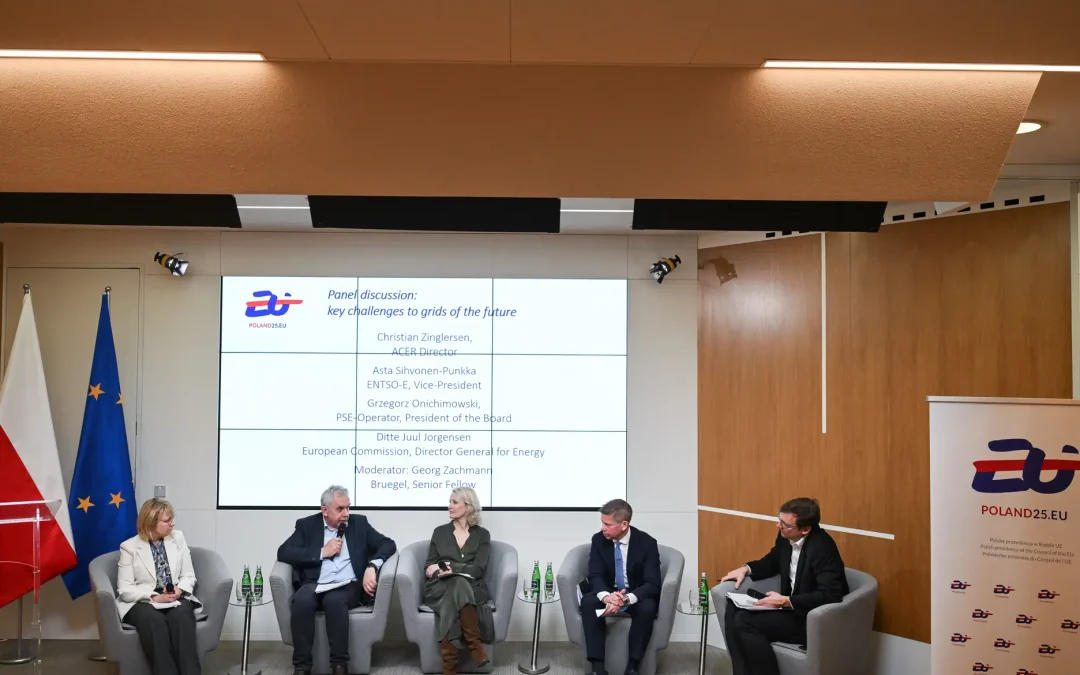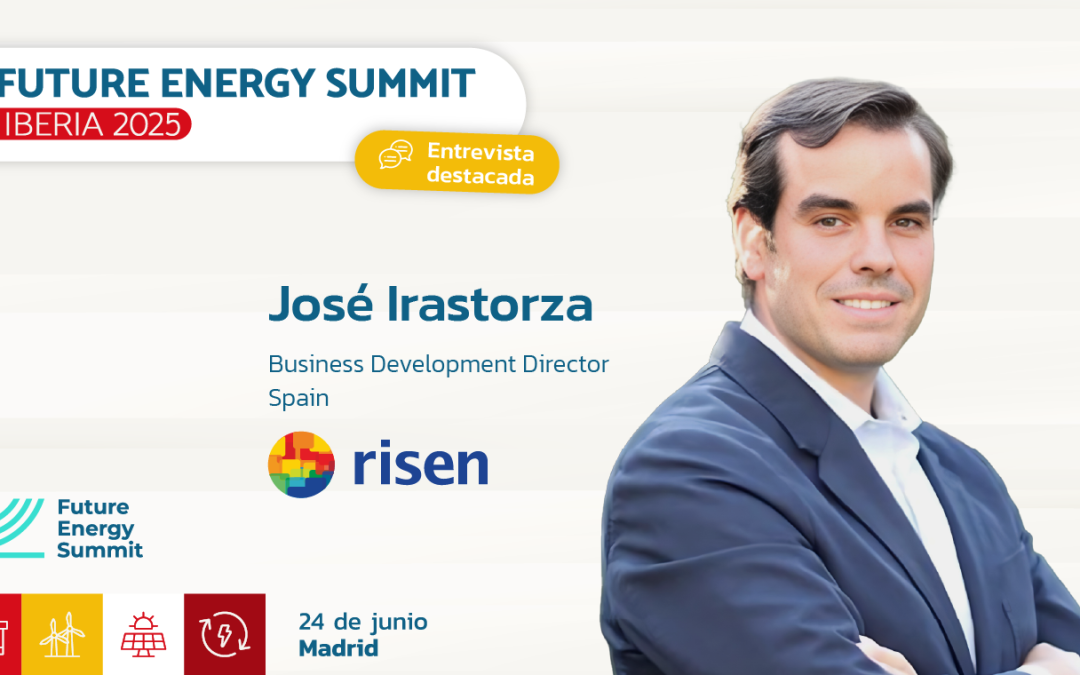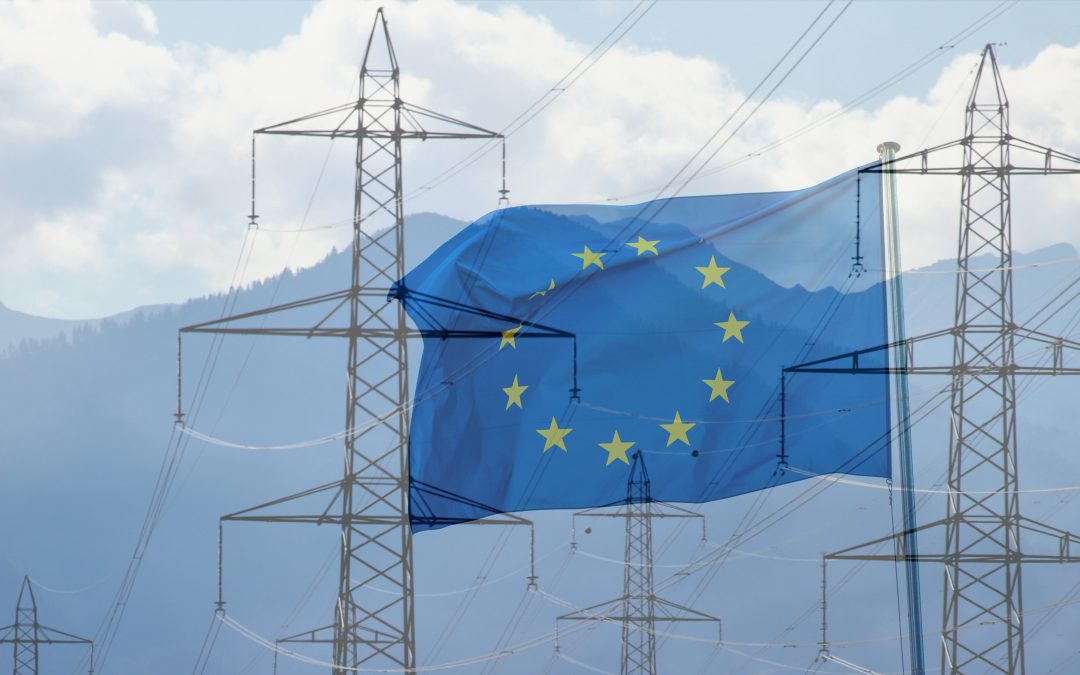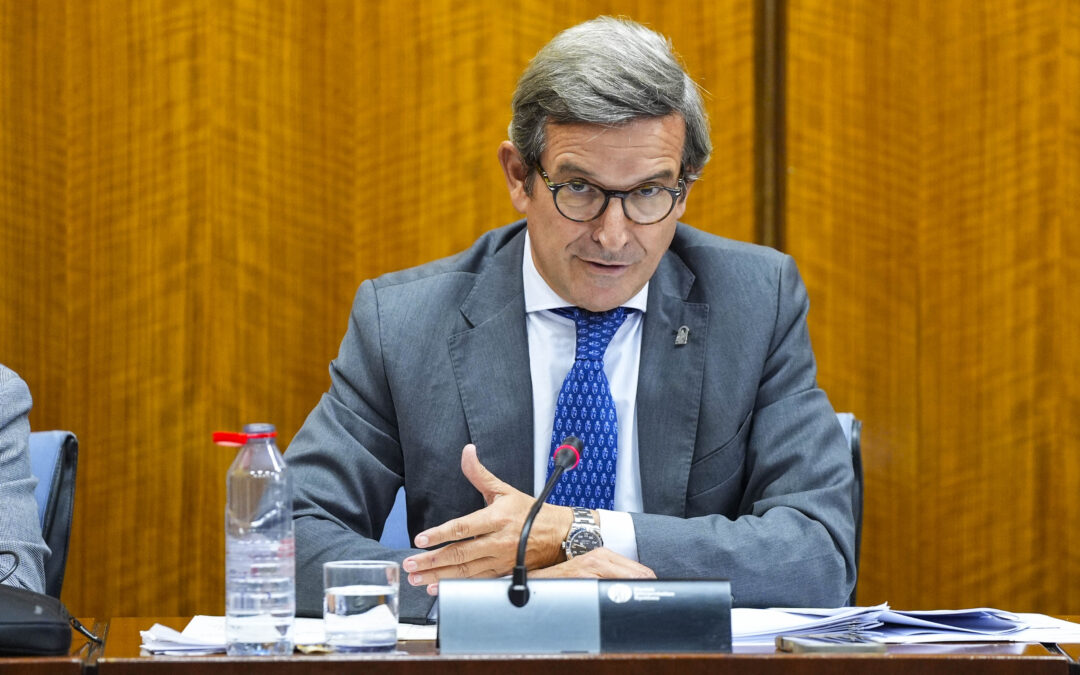The global tariffs imposed by the United States reach up to 49% in some countries. From Brussels, London and Berlin, leaders warn of inflationary impacts, supply chain disruptions and a direct threat to fair trade and the clean energy transition.












The global tariffs imposed by the United States reach up to 49% in some countries. From Brussels, London and Berlin, leaders warn of inflationary impacts, supply chain disruptions and a direct threat to fair trade and the clean energy transition.

“These measures will have an impact on investments and costs throughout the entire value chain,” warns Alejandro Labanda, director of Energy Transition at beBartlet.

The President of the European Commission noted that the universal tariffs announced by the United States are a severe blow to businesses and consumers around the world. “Europe is ready to respond,” she asserted.

The call, linked to the EU’s Connecting Europe Facility for Energy (CEF Energy), addresses funding proposals for studies and construction works and will be open until 16 September 2025 at 17.00 (CEST). Results will be known early next year.

The rapid development of new electricity grids and the optimal use of existing infrastructure are key to a successful EU energy transformation. On 26 March 2025, the Minister of Climate and Environment, Paulina Hennig-Kloska, addressed this topic at the flagship event of the Polish Presidency: Resilient EU grids : ensuring energy security and competitiveness.

“The meeting of renewable energy leaders is an opportunity to lay the groundwork for what may come in the coming months,” says Juan Antonio Irastorza.

With 89 GW of installed capacity as of 2024, Europe is consolidating its energy transition through an unprecedented growth in storage technologies, led by pumped hydro and electrochemical batteries. The EU’s new state aid framework will be key to adding a further 128 GW by 2030, according to the EMMES 9.0 report.

Within a year, Sweden’s battery capacity for balancing services soared from 80 MW to 610 MW, yet local grid operators are struggling to keep up. A report by Svensk Solenergi reveals the regulatory, technical and operational barriers slowing down their integration.

The data, revealed by IPTO, highlights a structural issue in the Greek grid, unable to absorb the rapid growth in renewables. The sector is demanding compensation, urgent measures, and accelerated deployment of storage to prevent further losses.

It is one of five projects from the first energy sandbox awarded in Spain, promoting demand flexibility to reduce costs, integrate renewables, and transform the electricity system toward a more efficient and sustainable model.

In an interview with Strategic Energy Europe, Jorge Paradela Gutiérrez, Minister of Industry, Energy and Mines, details how the region will surpass 20 GW of renewable energy by 2026, deploy 23 green hydrogen projects worth €5.5 billion, double the number of energy communities, and consolidate alliances with Germany and the Netherlands.

The association has published two new flexibility reports based on the Solar 2040 Mission, which highlight the role of storage in achieving true energy security in Europe. The announcements were made during the SolarPower Summit held in Brussels.

The private sector warns that the new criteria fall short of expectations, prioritizing budget savings over project maturity. They will seek to modify this point during the appeals process.

As part of the Leaders SEC interview series, Jacopo Tosoni, Head of Policy at EASE, affirms that energy storage projects in Europe are already commercially viable due to battery price drops of up to double digits between 2023 and 2024. “We will see larger, longer-duration, and increasingly co-located projects,” he emphasizes. Although the sector is advancing, it still faces regulatory and fiscal challenges that limit its full deployment.

The Ministry of Economy and Finance (MITECO) has opened public consultation on the draft regulations, which provide €699 million in aid, with coverage of up to 85%. Andrés Pinilla Antón analyzes the strengths, regulatory gaps, and risks of repeating past mistakes in the implementation of aid.

The Italian electricity transmission system operator, Terna, has launched a record €17.7 billion plan to accelerate the energy transition, modernize the grid, and strengthen resilience against climate change. The strategy foresees over 99% of investments aligned with the European green taxonomy and aims to integrate 107 GW of renewable energy capacity by 2030.

In 2024, contracted volumes in the European PPA market dropped by 11%, with a 59% fall in utility agreements. However, a record 316 long-term contracts were signed—driven by a 26% rise in corporate PPAs, which reached 5.2 GW. This shift triggered a wave of innovation in multi-technology, multi-buyer and storage-linked structures.

The awarded projects total nearly 189 MW and must be operational by April 2026. The average bid price was €52,589/MW/year, below the European ceiling.

The initiative will allocate more than one million euros to promote projects that foster a fair energy transition.

After six years of no sustained growth, energy demand in the European Union increased by 0.5% in 2024, driven by lower prices, industrial recovery, and renewable expansion. For the first time, solar and wind generation surpassed that of coal and gas combined, according to a report published by the International Energy Agency (IEA).

Among the main topics that marked the third edition of the FERC was the need to boost renewable energy storage capacity in the archipelago. Representatives of the Canary Islands government have announced new calls for grants of up to €30 million to promote self-consumption.

The global tariffs imposed by the United States reach up to 49% in some countries. From Brussels, London and Berlin, leaders warn of inflationary impacts, supply chain disruptions and a direct threat to fair trade and the clean energy transition.

“These measures will have an impact on investments and costs throughout the entire value chain,” warns Alejandro Labanda, director of Energy Transition at beBartlet.

The President of the European Commission noted that the universal tariffs announced by the United States are a severe blow to businesses and consumers around the world. “Europe is ready to respond,” she asserted.

The call, linked to the EU’s Connecting Europe Facility for Energy (CEF Energy), addresses funding proposals for studies and construction works and will be open until 16 September 2025 at 17.00 (CEST). Results will be known early next year.

The rapid development of new electricity grids and the optimal use of existing infrastructure are key to a successful EU energy transformation. On 26 March 2025, the Minister of Climate and Environment, Paulina Hennig-Kloska, addressed this topic at the flagship event of the Polish Presidency: Resilient EU grids : ensuring energy security and competitiveness.

“The meeting of renewable energy leaders is an opportunity to lay the groundwork for what may come in the coming months,” says Juan Antonio Irastorza.

With 89 GW of installed capacity as of 2024, Europe is consolidating its energy transition through an unprecedented growth in storage technologies, led by pumped hydro and electrochemical batteries. The EU’s new state aid framework will be key to adding a further 128 GW by 2030, according to the EMMES 9.0 report.

Within a year, Sweden’s battery capacity for balancing services soared from 80 MW to 610 MW, yet local grid operators are struggling to keep up. A report by Svensk Solenergi reveals the regulatory, technical and operational barriers slowing down their integration.

The data, revealed by IPTO, highlights a structural issue in the Greek grid, unable to absorb the rapid growth in renewables. The sector is demanding compensation, urgent measures, and accelerated deployment of storage to prevent further losses.

It is one of five projects from the first energy sandbox awarded in Spain, promoting demand flexibility to reduce costs, integrate renewables, and transform the electricity system toward a more efficient and sustainable model.

In an interview with Strategic Energy Europe, Jorge Paradela Gutiérrez, Minister of Industry, Energy and Mines, details how the region will surpass 20 GW of renewable energy by 2026, deploy 23 green hydrogen projects worth €5.5 billion, double the number of energy communities, and consolidate alliances with Germany and the Netherlands.

The association has published two new flexibility reports based on the Solar 2040 Mission, which highlight the role of storage in achieving true energy security in Europe. The announcements were made during the SolarPower Summit held in Brussels.

The private sector warns that the new criteria fall short of expectations, prioritizing budget savings over project maturity. They will seek to modify this point during the appeals process.

As part of the Leaders SEC interview series, Jacopo Tosoni, Head of Policy at EASE, affirms that energy storage projects in Europe are already commercially viable due to battery price drops of up to double digits between 2023 and 2024. “We will see larger, longer-duration, and increasingly co-located projects,” he emphasizes. Although the sector is advancing, it still faces regulatory and fiscal challenges that limit its full deployment.

The Ministry of Economy and Finance (MITECO) has opened public consultation on the draft regulations, which provide €699 million in aid, with coverage of up to 85%. Andrés Pinilla Antón analyzes the strengths, regulatory gaps, and risks of repeating past mistakes in the implementation of aid.

The Italian electricity transmission system operator, Terna, has launched a record €17.7 billion plan to accelerate the energy transition, modernize the grid, and strengthen resilience against climate change. The strategy foresees over 99% of investments aligned with the European green taxonomy and aims to integrate 107 GW of renewable energy capacity by 2030.

In 2024, contracted volumes in the European PPA market dropped by 11%, with a 59% fall in utility agreements. However, a record 316 long-term contracts were signed—driven by a 26% rise in corporate PPAs, which reached 5.2 GW. This shift triggered a wave of innovation in multi-technology, multi-buyer and storage-linked structures.

The awarded projects total nearly 189 MW and must be operational by April 2026. The average bid price was €52,589/MW/year, below the European ceiling.

The initiative will allocate more than one million euros to promote projects that foster a fair energy transition.

After six years of no sustained growth, energy demand in the European Union increased by 0.5% in 2024, driven by lower prices, industrial recovery, and renewable expansion. For the first time, solar and wind generation surpassed that of coal and gas combined, according to a report published by the International Energy Agency (IEA).

Among the main topics that marked the third edition of the FERC was the need to boost renewable energy storage capacity in the archipelago. Representatives of the Canary Islands government have announced new calls for grants of up to €30 million to promote self-consumption.

Select the sector you
want to know more about

El Ministro de Industria y Turismo, Jordi Hereu, participará en la apertura institucional de esta cita, de carácter bienal organizada por Enercluster con la colaboración especial del Gobierno de Navarra. Para esta edición se ha preparado un programa con referentes nacionales e internacionales de la eólica, la solar, el almacenamiento y el hidrógeno verde convocados el 23 de octubre en el Palacio de Congresos, Baluarte, de Pamplona.

The Minister of Industry and Tourism, Jordi Hereu, will participate in the institutional opening of this biennial event, organized by Enercluster with the special collaboration of the Government of Navarre. For this edition, a program has been prepared with national and international experts in wind, solar, storage, and green hydrogen, who will convene on October 23 at the Baluarte Conference Center in Pamplona.

The Minister of Industry, Energy, and Mines, Jorge Paradela, points out that this is an “essential” investment and that the Regional Government will not accept this “injustice.”